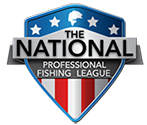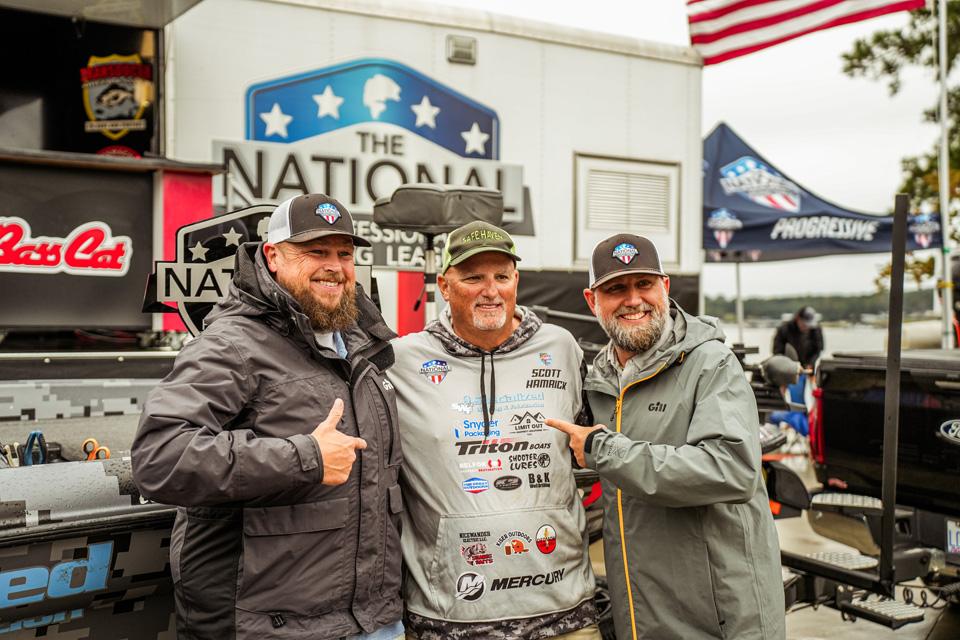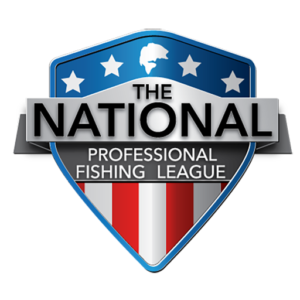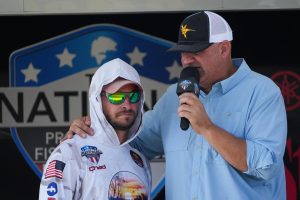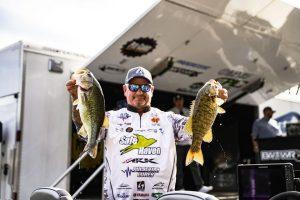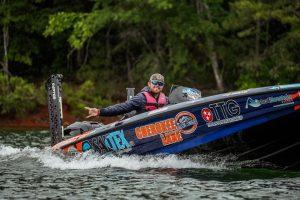Story by Ken Duke | Photos by Tanner & Travis Lyons
I’ve been fortunate enough to have a place in the fishing industry for more than 40 years, and it’s mostly been a great experience. It’s not all sunshine and rainbows, of course, but it gives me a reason to think about fish and fishing every day … so you won’t hear me complaining.
Bass fishing has been my passion since I was a kid growing up in the suburbs of Miami and later, on a farm in rural South Carolina. I first learned of tournaments in the mid 1970s when I was a teenager. I’ve fished in many and studied more through the decades, especially those at the very highest level of our sport.
I’ve also been a fan of the big stick-and-ball sports. I don’t follow them nearly as closely as I used to, but I appreciate their histories and the massive industries they’ve become.
It might surprise you to know that there was a time not so long ago—less than a century—when coaches across the sports spectrum thought that an average body type was best for all athletic activities. Sure, they might have picked one of the tallest guys to play center on the basketball team, but generally they preached that an average body type was best.
Now, of course, we see amazing specialization with regard to body types. If you’re not well over six feet tall and weigh at least 300 pounds, you have no future as an offensive lineman in the NFL. The top Olympic swimmers have lengthy torsos and short legs. The best distance runners have long, thin legs and short torsos. The best bodies for basketball have extremely long legs and spidery arms.
What about bass fishing?
Is above average height an advantage for flippers and pitchers? What about for sight fishermen? Do deep crankers benefit from long arms—the better to make long casts so their baits spend more time in the strike zone? Do short anglers make better dock skippers?
Of course, we don’t really know. And we don’t know for a couple of reasons.
First, we don’t know because successful anglers must employ most or all of these tactics to be successful. Even the short anglers go deep cranking sometimes and even the tall anglers skip docks occasionally.
Second, there hasn’t been enough money in professional fishing to bring large numbers of people into the sport as a career. You can bet that if there were 750 pro anglers averaging $5M in earnings per year (the average salary of a Major League Baseball player in 2025), we’d truly get the very best available talent … and we’d learn a lot more about what physical qualities make for the best bass anglers.
In such a world, pro bass anglers would dabble in the NBA or NFL during the fishing off-season rather than the other way around.
Instead, we rely on passion to get the competitors we have in our sport.
And maybe that’s a good thing. Maybe it means we’re getting people who are doing it for the “right” reasons rather than simply to make a lot of money. Maybe—if the situations were reversed and bass fishing paid huge dollars while other sports struggled—we’d be overrun by obsessive parents screaming at their kids while they fish and threatening tournament directors in parking lots. Maybe we’d be overrun with forward-facing sonar summer camps. Maybe NIL money in college fishing would be a “thing,” and major universities would be recognized not as “football schools” or “basketball schools,” but as “jig schools” or “topwater schools.”
Maybe, maybe, maybe.
I’m not sure it would be better, but it sure would be interesting.
